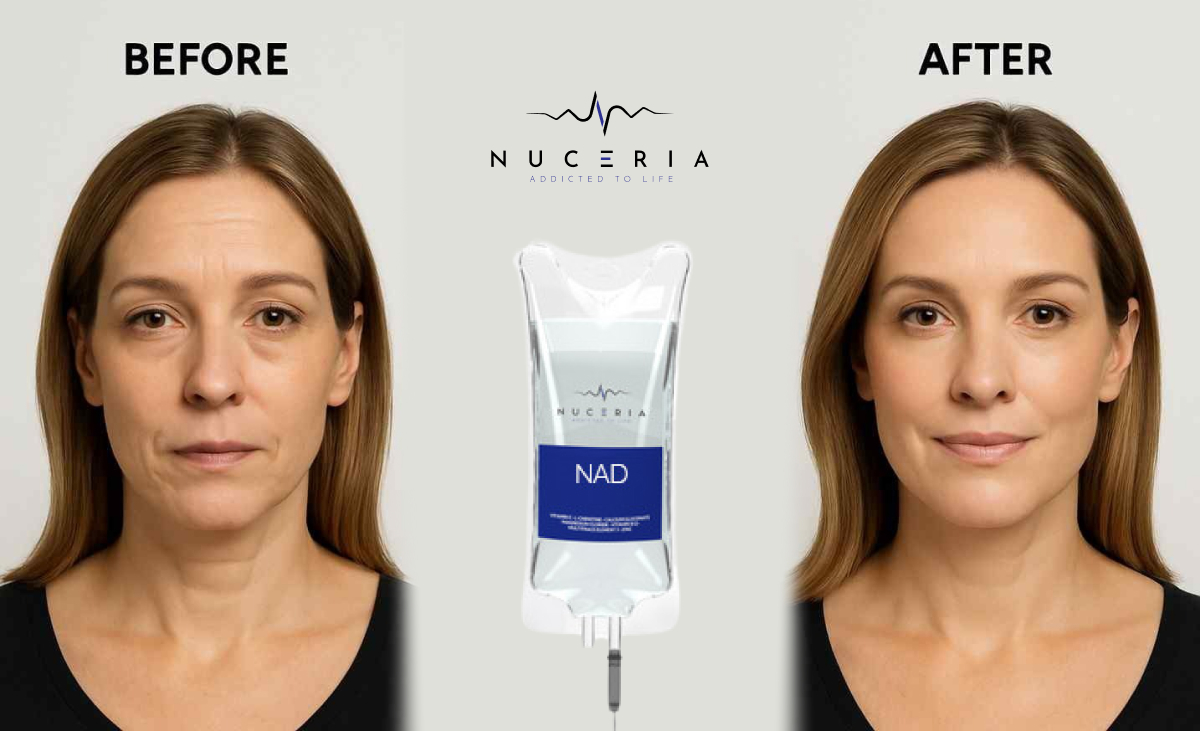Botox for Migraines: Efficacy and Relief Explained
Botox for Migraines: Efficacy and Relief Explained
Migraines, a prevalent and debilitating neurological condition, affect millions worldwide, causing severe headaches, and sensory disturbances, and often rendering individuals unable to carry out daily activities. In recent years, Botox, commonly known for its cosmetic applications, has emerged as a potential treatment option for chronic migraines.
Understanding Migraines and Traditional Treatments
Before delving into Botox as a migraine treatment, it's crucial to comprehend the nature of migraines. They are more than just severe headaches; they involve neurological symptoms such as intense throbbing or pulsing pain, sensitivity to light and sound, nausea, and, in some cases, visual disturbances.
Traditional treatments for migraines include medications like triptans, pain relievers, preventive medications, lifestyle modifications, and relaxation techniques.
Botox: A New Avenue for Migraine Management
The concept of using Botox to alleviate migraines stemmed from observations of patients who received Botox injections for cosmetic purposes reporting fewer headaches.
The treatment involves multiple injections of Botox around the head and neck every 12 weeks. It's believed that Botox works by blocking the release of certain neurotransmitters involved in pain signaling, thereby reducing the frequency and severity of migraines.
Research and Clinical Trials
Several studies and clinical trials have investigated the efficacy of Botox in managing migraines. Research published in the Journal of the American Medical Association (JAMA) Neurology indicated that individuals who received Botox injections experienced fewer migraine days per month compared to those receiving a placebo.
Furthermore, a review published in the Journal of Pain Research analyzed various clinical trials and concluded that Botox was a safe and effective treatment for chronic migraines, significantly reducing the frequency of headache days for patients.
In Botox treatment for migraines, injections are strategically placed in specific areas around the head, neck, and shoulders. The injections target muscles that are believed to be involved in triggering or exacerbating migraine headaches.
Common injection sites for Botox in migraine treatment
-
Forehead: Injections are often administered into specific muscles in the forehead, typically around the brow area.
-
Temples: Botox injections may be applied to the temporal region, which is the side of the head above and slightly forward of the ears.
-
Back of the Head: Injections are often placed in the muscles at the back of the head and neck, known as the occipital region.
-
Neck and Shoulders: Some injections might be placed in the muscles of the neck and shoulders that can contribute to tension and migraine pain.
Cost of Botox for Migraines:
The cost of Botox for migraine in Miami can vary based on several factors, including the location, the healthcare provider, the number of units of Botox required, and whether insurance covers the treatment.
It's essential to consult with a healthcare provider and insurance company to understand the cost specifics related to Botox for migraines, including coverage, potential out-of-pocket expenses, and any financial assistance programs that might be available.
Considerations and Side Effects
While Botox has shown promise in alleviating migraines, it's essential to consider potential side effects. Common side effects of Botox injections for migraines may include neck pain, muscle weakness, and temporary injection-site reactions.
Moreover, not all migraine sufferers respond similarly to Botox treatment. Some individuals may experience little to no relief, while others may notice a significant reduction in migraine frequency and severity.
Top Things to Know about BOTOX for Chronic Migraine
Over 5 million treatments have been administered to more than 850,000 individuals living with chronic migraines.
Clinical studies show that Botox can prevent, on average, 8 to 9 headache days and migraine/probable migraine days per month, compared to 6 to 7 days with a placebo.
In a recent survey, 97% of current Botox users expressed their intent to continue using it for migraine management, showcasing a high level of satisfaction and confidence in its efficacy.
A Remarkable Milestone: FDA Approval and Beyond
In 2010, the FDA approved Botox as a preventive treatment for chronic migraines. This pivotal moment not only marked a significant endorsement of Botox's efficacy but also paved the way for exploring its potential in managing other neurological conditions beyond its initial cosmetic applications.
Looking Ahead: Ongoing Research and Advancements
The success of Botox in mitigating migraines has sparked interest in further research exploring its potential for various types of headaches and neurological disorders. As scientists delve deeper into understanding its mechanisms and refining treatment protocols, Botox continues to evolve as a promising avenue in the landscape of chronic pain management.
The remarkable journey of Botox from its cosmetic origins to becoming a potent tool in alleviating the burden of chronic migraines illustrates the ever-expanding horizons of medical innovation and the profound impact it can have on improving the lives of those battling persistent pain.
FAQs
1. What is Botox, and how does it work in treating migraines?
- Botox, or onabotulinumtoxinA, is a neurotoxin derived from the bacterium Clostridium botulinum. When used for migraines, Botox works by blocking the release of certain neurotransmitters involved in pain signaling. This action helps relax specific muscles in the head and neck, reducing the frequency and severity of migraine attacks.
2. Who is a suitable candidate for Botox treatment for migraines?
- Patients who experience chronic migraines (15 or more headache days per month, with at least 8 of those being migraines) may be considered suitable candidates for Botox treatment. However, candidacy is determined on an individual basis by a healthcare professional.
3. How often are Botox injections administered for migraine treatment?
- Botox injections for migraines are typically given once every 12 weeks (approximately every three months). The treatment involves multiple injections at specific sites around the head and neck.
4. What are the potential side effects of Botox therapy for migraines?
- Common side effects of Botox injections for migraines may include temporary discomfort or bruising at the injection sites, neck pain, muscle weakness, or headache. Serious side effects are rare but can include allergic reactions or the spread of the toxin to other areas causing muscle weakness or difficulty swallowing.
5. How long does it take for Botox for migraines to show effectiveness?
- The effects of Botox on migraines may not be immediate. Some patients may start experiencing relief within a few weeks after the injections, while for others, it may take multiple treatments before noticing a significant reduction in migraine frequency and severity.
6. Can Botox completely cure migraines?
- Botox is not a cure for migraines, but rather a preventive treatment. It aims to reduce the frequency, duration, and intensity of migraines for those with chronic migraine conditions. Individual responses to treatment may vary.
7. Are there any precautions or contraindications for Botox treatment for migraines
- Individuals who are pregnant or breastfeeding, have a known allergy to any ingredients in Botox, or have certain neurological disorders may not be suitable candidates for Botox treatment. Consulting with a healthcare provider is essential to determine if Botox is appropriate.
Request an appointment here: https://mynuceria.com or call Nuceria Health at (305) 398-4370 for an appointment in our Miami office.
Check out what others are saying about our services on Yelp: Wellness Center in Miami, FL.







